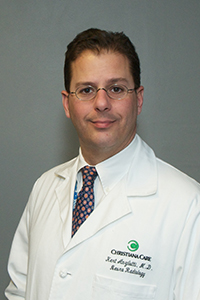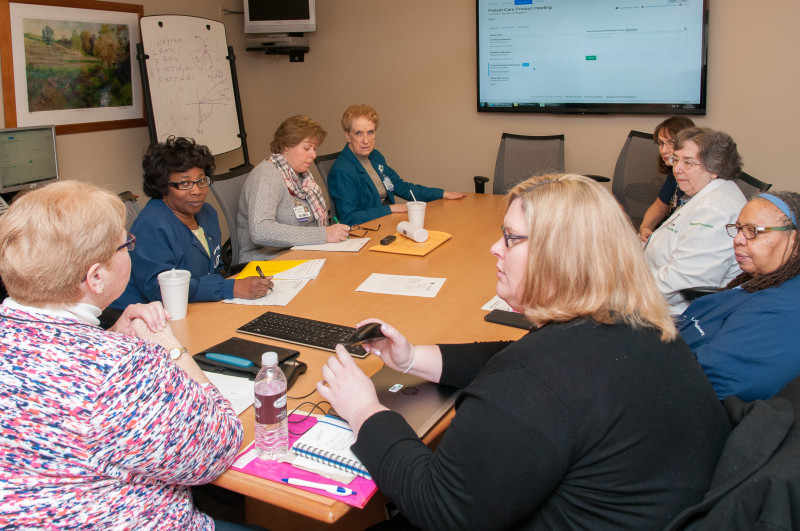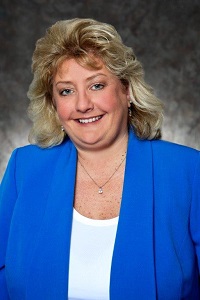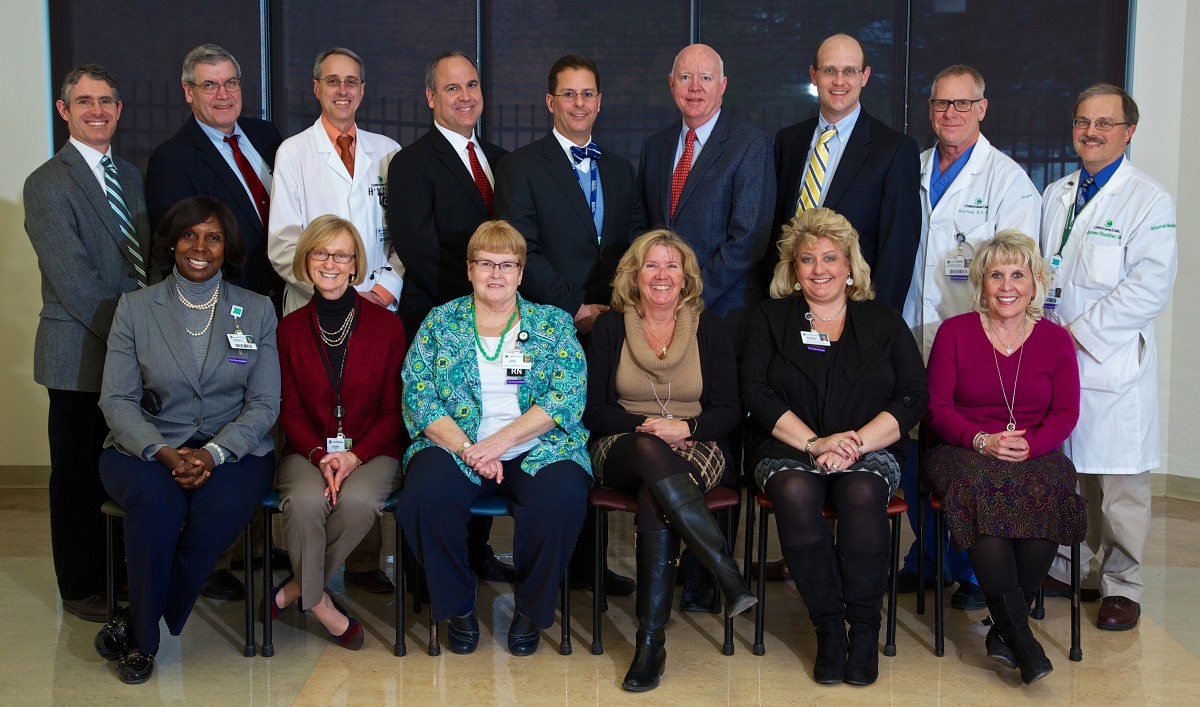When the Heart Failure team needed a new, high-tech cardiac monitor for their toolkit, they took their case to the Supply Value Analysis Committee (SVAC).
The committee’s job is to rule on large-scale orders for new medical supplies and devices that providers in any department want to use in the care of their patients. This group of 11 physicians and eight administrators applies science as well as value to new product choices.

“Having a multidisciplinary, collaborative approach that leverages the clinical, purchasing, materiel-management and financial expertise across our health system is paramount to our future success in the changing health care paradigm,” said SVAC Chair Kert Anzilotti, M.D., MBA, chair of Radiology and physician leader of the Neurosciences service line. “The SVAC is a start at creating that collaborative competency and will better position us to tackle difficult decisions in the areas of supply chain and physician-preferred devices.”
The process is easy to submit new supply ideas: Any employee or member of the Medical-Dental Staff can submit a request for a new product via the Christiana Care intranet through a link on the Purchasing Department page. Every request comes across the desk of Clinical Technology Assessment Specialist Lois Simpson, MSN, RN. She and her colleagues in Purchasing do the important and necessary market research and financial analyses that support committee decision-making.

“Our job is to work collaboratively with those making the purchasing request to help ensure that the item is not only cost-competitive but is safe, adds value and offers a positive improvement or outcome for our patients,” Simpson said. She is also responsible for promoting standardization of the products used on our patients across the health system and for ensuring that education plans are in place to meet any associated staff-training or certification requirements.

“Focusing on patient outcomes and enhancing quality and safety is key to providing care that our neighbors value,” said Sharon Kurfuerst, Ed.D., OTR/L, FACHE, FAOTA, FABC, senior vice president for Health Services Operations. “While balancing cost-effectiveness with these outcomes is critical, our supply value analysis process allows the health system to make strategic purchasing decisions that support clinical excellence and the delivery of high-value, expert care.”
At Christiana Care, the supply value analysis process touches everything new — including items as diverse as gauze used to dress a wound, a Foley catheter replacement kit, orthopaedic implants, cardiac monitors and pacemakers. The SVAC is supported by several subcommittees, comprised of medical, clinical and purchasing staff who review and have the authority to rule on orders of new medical supplies and devices with an annual spend of $30,000 or less. Currently there are designated subcommittees for orthopaedics, neurospine and perioperative supplies, electrophysiology, interventional radiology, the catheterization lab and patient supply products. Staff who have a new product request present a data-driven rationale to their committee peers for the proposed acquisition.
“Most of the products we order are covered under agreements that our Purchasing Department administers,” said Mark McDermott, MBA, CMRP, vice president, Supply Chain. “In addition to helping guide the committee decision-making process, our contract managers play a critical role in negotiating competitive pricing with the manufacturer, mitigating any potential increase in pricing from current suppliers and ensuring adequate supply to meet expected demand. What we want our providers to know is that if they hear about a product that may work better than what they are using, they have an avenue through the SVAC to submit their request for more immediate review.”
The Heart Failure team, led by Mitchell Saltzberg, M.D., FACC, FAHA, medical director, worked with the Center for Heart & Vascular Health’s business informatics group to make the case for purchasing CardioMems, a tiny implantable device that monitors pulmonary artery pressure. The data Dr. Saltzberg presented to the SVAC showed that daily read-outs from the monitor could benefit patient care management and potentially reduce hospital readmissions.
“Our team was prepared to do the work involved to bring a new product into our system,” said SVAC member, Billie Speakman, MBA, RRT, vice president for the Heart and Vascular service line. “As a value driven organization, we have to make choices about what to order, and to do that effectively, we need to continue the conversation around medical best practices. We all need to take ownership of the process and be conscientious about doing what is best for our patients as well as the organization.”



